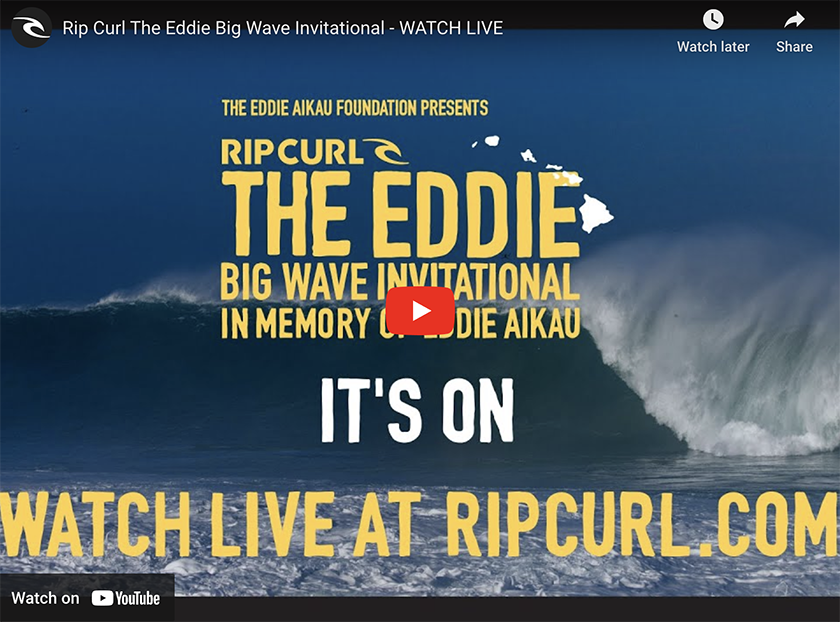By Dean Vanderbleek For Hometown News
In the Atlantic Ocean, off the Volusia County coast, on a stormy day with lightning rumbling, the W.T. Hogarth research vessel from Florida Atlantic University Harbor Branch Oceanographic Institute deployed an invaluable asset for scientists, mariners and surfers.
The Ponce Inlet PNCWAVE buoy, a real-time ocean/weather observation system is collecting data that is readily available on the internet.
Also identified as National Data Buoy Center station No. 41070, the meteorological buoy stands 10 feet tall, weighs half a ton and is moored by a one-ton pair of railroad car wheels in 80 feet of water 16 nautical miles east of Ponce Inlet. Its sensors are tasked with observing and transmitting meteorological data, such as air temperature, relative humidity, barometric pressure, wind speed and direction, sea surface temperature and salinity.
Another capability of the buoy system, of even greater interest to surfers and mariners, is the measurement of oceanographic data, such as wave height, period and direction. A separate, much smaller buoy, about the size of a basketball, is anchored near the meteorological buoy by heavy chain and uses global positioning systems to collect the wave data.
The buoy system is a partnership between the University of North Carolina at Wilmington and FAU with the goal of efficiently expanding and maintaining a network of weather and ocean sensors to help fill observing gaps along the southeast U.S. Atlantic coast, as identified by the Southeast Coastal Ocean Observing Regional Association. The buoy platform may additionally serve as critical offshore infrastructure to enable placement of environmental sensors for basic and applied research.
Dr. Jordan Beckler of the Institute for Sensing and Embedded Network Systems Engineering at FAU Harbor Branch explained, “The title of our project is Filling the Gap: SECOORA members Partnering to Affordably Increase Observations and Build Capacity Along the Florida East Coast. The total cost of the buoy maintenance project is about $150,000 annually and, thanks to the existing UNCW buoy/IT infrastructure, we are able to provide a comprehensive data set at a relatively low cost.”
Dr. Beckler continued, “My group at FAU Harbor Branch will be on the water servicing (sensors) every few months or as issues arise, and swap/replace the buoys annually for major servicing. We also provide a local presence to create awareness of the buoys and foster connections with scientific and community stakeholders. Beyond the data itself, the physical buoy infrastructure is valuable to other scientists seeking to co-locate additional sensors offshore for fundamental or applied research.”
Dr. Beckler (a surfer) said, “Secretly I’ve always been a bit jealous that I can’t claim to provide wave data to the surf community — what you more typically think of as “oceanography” — so I was delighted when UNCW asked us to collaborate on this project.”
The UNCW Coastal Ocean Research and Monitoring Program led by Dr. Lynn Leonard.
According to Dr. Leonard, “The new buoy systems not only fill critical observation gaps, but also provide data to inform marine forecasts, advisories and warnings, operational decision-making, emergency response, water quality and ecosystem studies, and much more. We are delighted to partner with FAU Harbor Branch and local communities, and we look forward to working with them to promote safe and informed use of coastal waters.”
UNCW CORMP operates an observing network of buoys and weather station sites in North Carolina and South Carolina. By partnering with FAU Harbor Branch, CORMP will leverage its existing data buoy infrastructure with a local maintenance team to efficiently increase ocean observations in the Southeast US. Data from the buoy network is available at cormp.org and ndbc.noaa.gov.
Mariners in the area should note the buoys’ position and navigating to avoid collisions. Mariners also area discouraged from tying off to the buoys as it can cause damage. The buoys have yellow flashing lights and radar reflectors to aid mariners in detecting them.
Data will also be used multiple times daily by the Melbourne National Weather Service office to increase the accuracy of marine weather forecasts. Lead Forecaster Tim Sedlock said, “Each shift will look at the buoy data to both verify the coastal weather forecast and issue alerts and warnings (when needed) for mariners.”
SECOORA is part of the National Oceanographic Integrated Ocean Observing System that covers 11 regions in the U.S. The system is comprised of moored and coastal stations, high-frequency radars, and a glider observatory. NOAA’s IOOS is essentially the weather service for the coastal oceans and Great Lakes, providing the ability to “see” what is happening both above and below the surface and making that information readily available.
The mission of the program is to observe, understand, and increase awareness of our coastal ocean; promoting knowledge, economic and environmental health through strong regional partnerships to collect data and create tools that support human populations, coastal economies and a healthy, sustainable environment.
Greg Omine, manager of Mad Dog surf shop in Daytona Beach Shores, couldn’t be happier with the new Ponce buoy. “I visually check out the surf conditions on the beach early in the morning before opening the shop and now I can take a look at offshore wave measurements from the new Ponce buoy, so that I’ll be able to better inform surfers calling in to the shop for what to expect.”
Tory Strange, legendary east coast surfer and owner of several surf shops in St. Augustine and Crescent Beach, has permanently added the link to the Ponce buoy to his daily surf reports to let him and other surfers know when the waves are better “down south.” Mr. Strange definitively states, “I can tell surfers (subjectively) what I think the waves will be like to score good surf, but the buoys never lie!”








